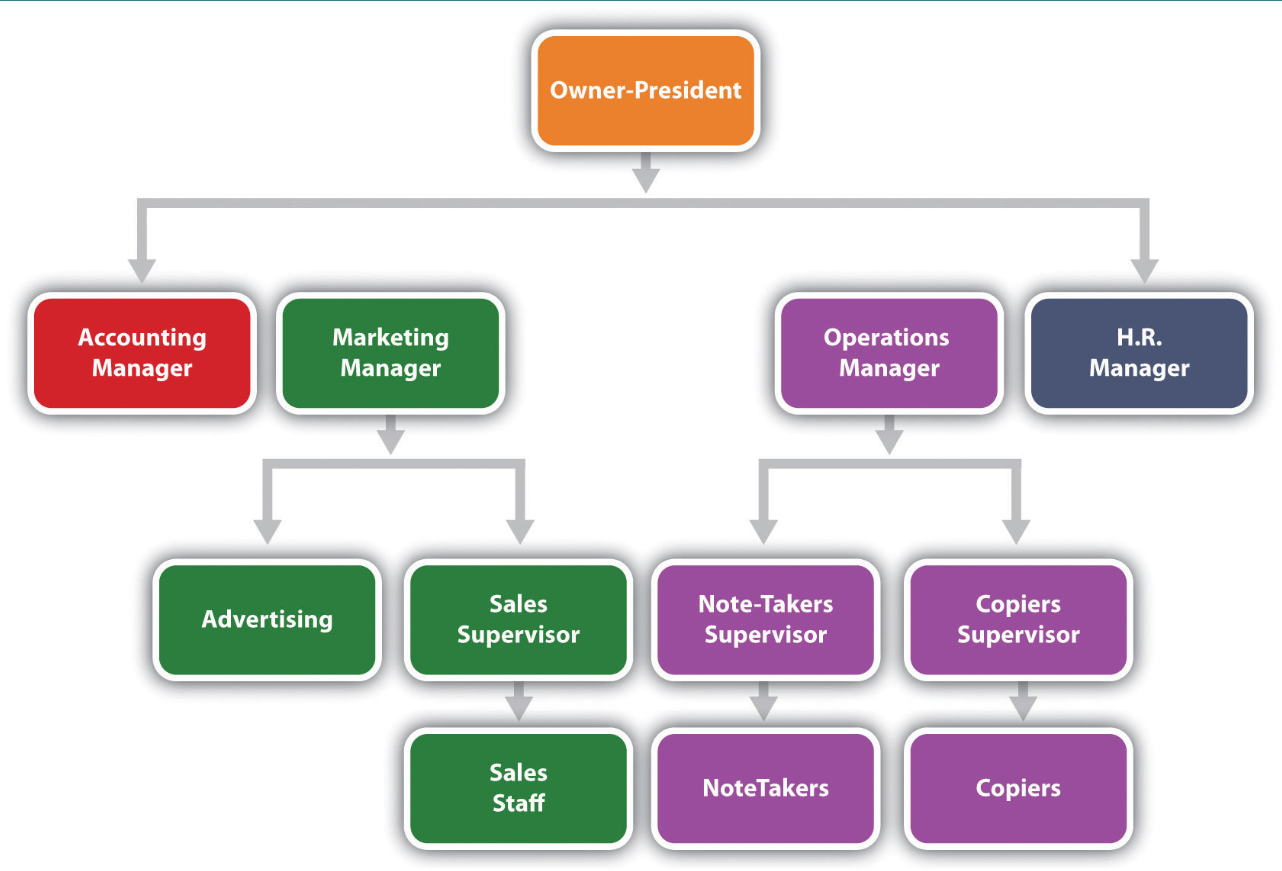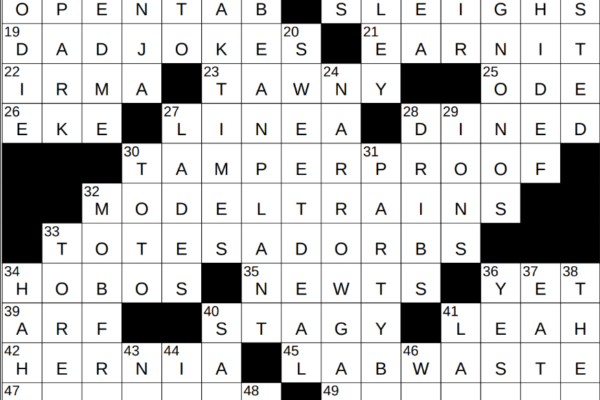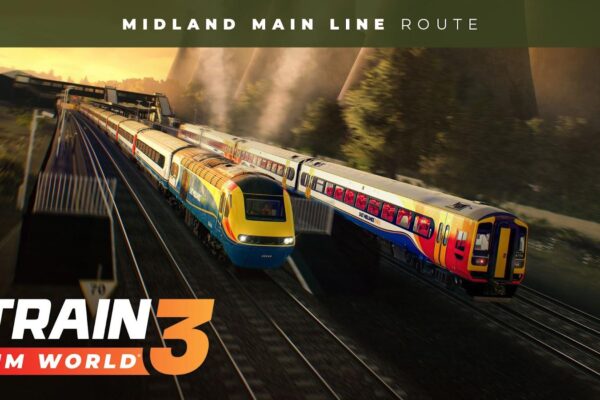In the arena of crossword puzzles, the New York Times (NYT Crossword Puzzle) provides an exciting clue: “Reporting To.” This clue delves into the hierarchical shape inside organizations, hinting on the chain of command and relationships among people in an expert setting. As puzzlers have interaction with the NYT crossword, the word “Reporting To” stands proud as a symbol of intellectual challenge. This keyword unlocks a network of reporting relationships. It defines authority and verbal exchange pathways inside workplaces.
Deciphering this clue results in a deeper expertise of organizational hierarchies and dynamics. Exploring the nuances of reporting systems via the lens of the NYT crossword puzzle gives famous insights into how personnel navigate their roles inside an organization. In this blog post, we will discuss the puzzle of reporting structures, types of reporting relationships and impact on organizational relationships. Let’s get started!
The Puzzle of Reporting Structures
The puzzle of reporting structures exists in decoding the complex network of relationships that outline authority, verbal exchange pathways, and duty inside organizations.
Deciphering the Clue:
When crossword fans come across the clue “Reporting To,” they’re brought about to consider the chain of command inside an organization.
Unveiling Organizational Hierarchies:
At the heart of this crossword clue lies the concept of reporting structures. In any organization, employees report to supervisors, managers report to directors, and so forth, creating a pyramid of authority that ensures tasks are delegated efficiently and decisions are made effectively.
Types of Reporting Relationships
Types of reporting relationships consist of vertical reporting, in which personnel document to on the spot superiors, and lateral reporting, emphasizing collaboration throughout specific departments or teams.

Vertical Reporting:
Vertical reporting, referred to as hierarchical reporting, is the conventional version in which personnel record to their instantaneously superiors who, in turn, record to better levels of management. This shape gives readability on roles and duties however can once in a while cause bureaucratic delays.
Lateral Reporting:
In contrast, lateral reporting emphasizes collaboration across departments or teams. In this setup, individuals may report to multiple supervisors or work on projects that involve colleagues from different areas of the organization. Lateral reporting fosters cross-functional teamwork but can blur lines of authority.
Navigating Reporting Dynamics:
Understanding who one reports to is fundamental for navigating the intricacies of organizational life. By knowing their place in the hierarchy and recognizing their responsibilities towards superiors and subordinates, employees can operate effectively within the established reporting framework.
The Impact on Organizational Culture
Reporting structures now no longer simplest dictate workflow however impact organizational culture. How statistics flow through the hierarchy, how choices are communicated, and the way comments are exchanged all make contributions to shaping the ethos of a workplace.
1. Communication Climate:
A transparent reporting structure promotes open communication and trust among team members. When employees know who they report to and feel comfortable sharing ideas or concerns with their superiors, it fosters a culture of collaboration and innovation.
2. Employee Engagement:
Clarity in reporting relationships empowers employees by defining their roles within the organization. When people recognize how their works are related to large goals and have clear cut channels for in search of guidance or feedback, they may be much more likely to be engaged and stimulated by their jobs.
Strategies for Effective Reporting Relationships
Establishing effective reporting relationships requires proactive effort from both employees and management. By adhering to best practices and fostering a culture of transparency and accountability, organizations can optimize their reporting structures for success.
Clear Communication Channels:
Maintaining open strains of communique is crucial for strong reporting relationships. Encouraging comments, placing expectancies in reality, and offering avenues for communication can save you from misunderstandings and encourage a way of existence of don’t forget in the business agency.
Role Clarity:
Ensuring that each employee is acquainted with their function within the reporting structure is vital for averting confusion or conflicts. Clearly defining duties, aligning personal goals with organizational targets, and promoting teamwork can enhance productiveness and procedure pleasure.
Cultivating Trust and Transparency:
Building trust and fostering transparency are important factors of effective reporting relationships. Employees want to feel comfortable expressing their mind, worries, and remarks without worry of reprisal. Strategies for building believe and transparency encompass:
Open-door Policy: Promoting an open-door coverage in which personnel can feel welcome to invite their supervisors with questions or problems promotes consideration and credibility in the organization. Supervisors need to be receptive to feedback and display a willingness to concentrate and address worker worries.
Honest and Timely Communication: Maintaining honesty and transparency in conversation builds credibility and fosters agreement amongst team people. Leaders have to try to offer properly timed updates on organizational adjustments, assignment tendencies, and common performance expectancies to corporate people up to date and engaged.
Conclusion
The NYT crossword clue “Reporting To” serves as a gateway to exploring the problematic global of organizational hierarchies and verbal exchange dynamics. By unraveling this clue, we benefit from insights into how reporting systems form the place of business interactions, have an effect on organizational way of life, and impact employee engagement. Navigating those relationships with clarity and cause is top to fostering a efficient and harmonious painting environment in any corporation
Want more information? visit here: New York Times crossword puzzle
Also read: Astlibra Revision Secrets Everything You Need to Know








Leave a Reply